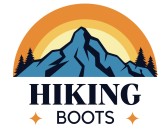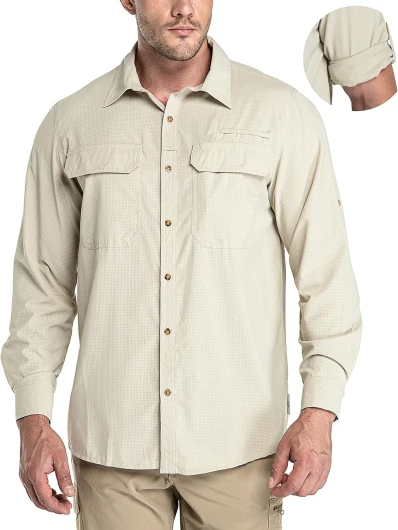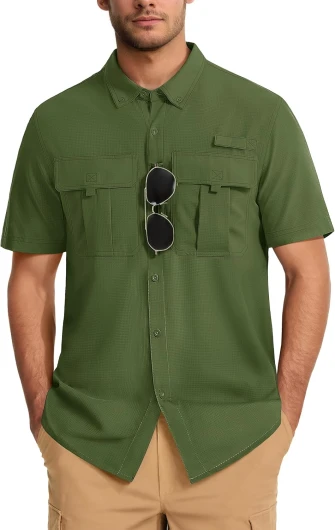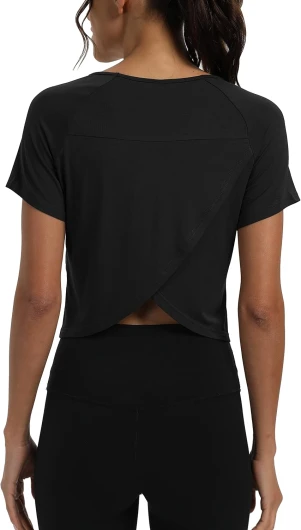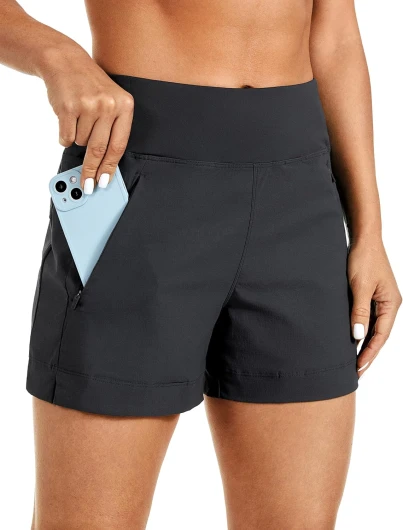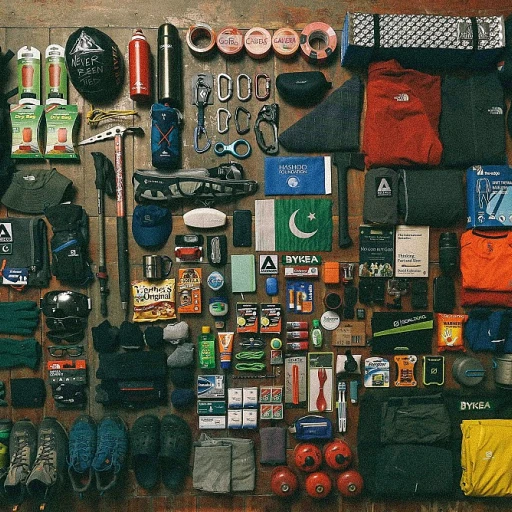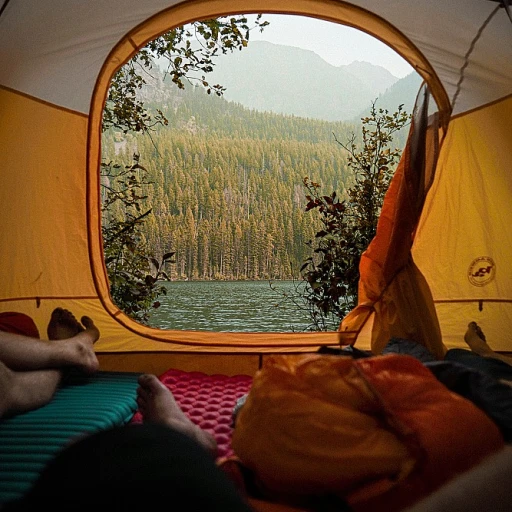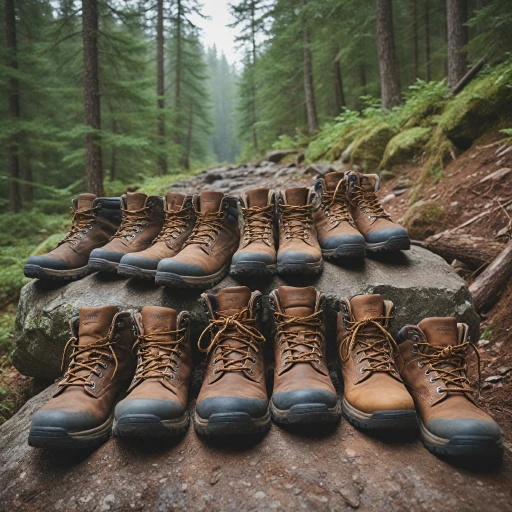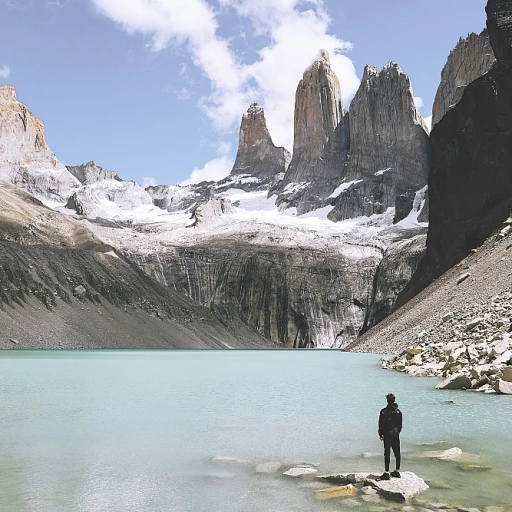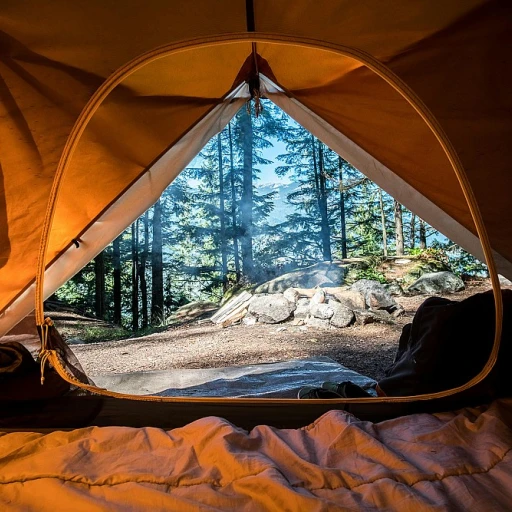
Understanding the Importance of Proper Footwear
Optimal Footwear for Summer Hikes
Understanding the importance of choosing the right pair of hiking boots for your summer adventures is crucial for both comfort and performance on the trail. Your feet are the foundation of every hike, and the best women's trekking shorts are not enough without the right footwear.
In summer, when the sun is high and the weather is hot, wearing lightweight hiking shoes can make all the difference. Breathability becomes a prominent factor, helping to keep your feet cool and dry. Opt for materials like mesh or synthetic blends that offer moisture-wicking properties to keep perspiration at bay.
It's not just about breathability; durability is equally important. Your boots need to withstand rough terrains, sharp rocks, and unexpected weather changes. Ensuring your hiking gear includes boots with robust construction can prolong their lifespan and save you from unnecessary foot injuries.
Protection from the sun’s rays is another aspect to consider. While hiking pants and a long sleeve shirt can cover your body, a good pair of hiking boots protects your feet from the elements and prevents sunburn on exposed areas. Look for boots that offer adequate sun protection, even as you add wishlist items like rain jackets for unexpected showers.
In addition to these factors, incorporating the right balance of elements discussed in other sections—like traction, stability, and water resistance—will ensure you enjoy your summer hikes without compromise. Whether you're an experienced hiker or just starting out, selecting the right footwear is your first step towards a successful trail adventure.
Materials Matter: Breathability and Durability
Key Materials for Hiking Comfort
When it comes to summer hiking apparel, the materials you choose can make a significant difference in your overall experience. Hiking in hot weather demands breathable and lightweight fabrics that keep you cool and comfortable on the trails. The right materials will not only enhance your performance but also protect you from the sun and reduce the risk of overheating.
One of the best materials for summer hiking is merino wool. Despite its reputation for warmth, merino wool is incredibly versatile, providing excellent moisture-wicking properties and natural temperature regulation. This makes it ideal for hiking clothes like socks and base layers that require both comfort and functionality.
For upper body protection, consider wearing a long sleeve shirt made from quick-drying synthetic fabrics. These shirts offer the dual advantage of sun protection and efficient moisture evaporation, essential during intense hikes. Opt for subdued colors to reflect the sun's rays and maintain a cooler body temperature.
Hiking pants play a crucial role in your hiking attire. Look for lightweight and durable materials that still allow breathability. Women's quick-dry trousers can be an excellent choice, providing both comfort and protection against unexpected summer showers.
Finally, don't forget about the importance of choosing the right material for your hiking boots. Breathable yet durable materials prevent your feet from overheating while offering necessary support and stability. Finding the balance between water resistance and breathability ensures your feet stay dry without compromising comfort.
Fit and Comfort: Avoiding Blisters and Fatigue
Ensuring Your Feet Stay Happy During the Hike
When it comes to hiking boots, achieving the right fit and comfort is paramount. Properly fitting boots not only enhance your hiking experience but also play a critical role in preventing blisters and warding off fatigue during those long summer hikes. With the sun beating down, wearing the wrong type of footwear can quickly turn a pleasant outing into a painful slog.
To ensure your hiking adventure remains an enjoyable one, pay attention to these key factors:
- Size and Fit: Your hiking boots should have enough room to wiggle your toes but not be too loose. A tight fit can cause blisters, while boots that are too loose might lead to instability on the trail.
- Arch Support: Depending on the shape of your foot, you may require extra arch support in your boots. This can prevent undue strain on your feet and lower legs, especially on uneven terrain.
- Padded Support: Look for boots with adequate padding around the ankle and heel. This extra cushioning will not only augment comfort but will also offer better sun protection for exposed skin.
- Breathable Materials: Opt for hiking boots designed with breathable materials, which are essential in hot weather. This breathability helps keep your feet cool and dry, reducing the risk of blisters and promoting overall comfort.
- Heel and Toe Protection: Reinforced heel and toe areas are crucial for tackling challenging trails, offering protection against rocks and uneven surfaces.
Choosing the right boots is as important as picking versatile gear for hiking adventures. With the right pair of boots, your summer hikes will be more enjoyable, and your feet will thank you later.
Traction and Stability: Navigating Varied Terrains
Secure Your Steps on Every Trail
When tackling various terrains during your summer hikes, ensuring that your footwear provides reliable traction and stability is crucial. The best protection for your feet not only comes from carefully chosen hiking boots but also from considering how these boots perform on different surfaces. Whether you're traversing rocky paths, muddy tracks, or sandy trails, your hiking shoes need to offer grip and control.- Traction: Look for hiking boots with a well-designed outsole pattern. Deep lugs and a sticky rubber compound help grip the ground more effectively, reducing the risk of slips and falls. This feature is especially beneficial when the weather is hot and surfaces become dry and dusty, increasing slipperiness.
- Stability: A stable shoe provides lateral support, particularly important for uneven terrains. Opt for footwear with a sturdy construction that hugs your ankles securely, preventing unwanted twists that can lead to injuries and fatigue, thus enhancing your hike experience.
- Lightweight Wear: During summer hikes, choose lightweight hiking boots that won’t weigh you down. A lighter shoe keeps you nimble and conserves energy, allowing you to enjoy longer trails under the sun without experiencing extreme fatigue.
- Hot Weather Performance: Opt for shoes that integrate moisture-wicking liners and quick-drying materials. Your feet will appreciate the enhanced breathability, keeping them cool and minimizing the occurrence of blisters from sweat.
Water Resistance vs. Breathability: Finding the Balance
Finding the Right Balance Between Water Resistance and Breathability
When embarking on a hike during the sweltering summer months, it's important to strike a balance between keeping your feet dry and allowing them to breathe. This balancing act is critical as both water resistance and breathability are significant factors in the overall efficacy of your hiking boots. During the hot weather, trail moisture can create challenges. While you want hiking footwear that offers some level of water resistance to handle unexpected splashes or light showers, it's equally important they are equipped with breathability to prevent overheating. Opt for lightweight boots that incorporate advanced technologies to wick moisture away, ensuring your comfort as you tackle the trail.- Material Considerations:
- Emphasize the use of quick-drying materials. Modern hiking boots often use membranes like Gore-Tex, which provide a certain degree of water repellency combined with decent breathability.
- Consider the advantages of materials like merino wool in hiking clothes, which can also enhance moisture wicking and coolness in hot weather.
- Design and Features:
- Look for mesh panels in hiking boots; they support air circulation while adding lightweight nature to your gear.
- Some boots offer removable liners that can be adjusted or removed to ensure your footwear is adaptable to varying summer hiking conditions.
- Practical Approach:
- Plan your hiking clothing, such as opting for a long sleeve shirt or something with sun protection that complements the water resistance of your boots, reducing the overall moisture involved.
- Don’t forget to add sun hats and light-colored hiking pants to your wish list if you’re preparing for an extended summer hike. These will provide additional sun protection while maintaining breathability.
Caring for Your Hiking Boots: Maintenance Tips
Preserving Your Investment: Essential Care Tips
When it comes to maintaining your hiking boots, following a consistent care routine will extend the life of your footwear, ensuring optimal performance on every trail. Proper maintenance not only enhances the best hiking experience but also contributes to your safety and comfort during summer adventures. Here are some key tips to keep your hiking boots in peak condition:- Clean After Each Hike: After every hiking journey, take a few minutes to clean your boots. Use a soft brush to remove dirt, debris, and mud from the soles and uppers. This practice helps maintain the integrity of the materials and prevents wear.
- Dry Thoroughly: Post-hike, ensure your boots dry completely, especially in hot weather when moisture can accumulate. Avoid direct sunlight, which may cause cracking or warping. Instead, place them in a well-ventilated area to avoid moisture buildup.
- Condition Regularly: Using a specialized conditioner for hiking boots will help maintain the leather's suppleness and longevity. For fabric boots, applying a water-repellent spray can enhance water resistance without compromising breathability.
- Replace Insoles and Laces: Over time, wear and tear on insoles and laces can impact comfort and fit. Consider replacing these components when they show signs of degradation. High-quality insoles add cushioning and support, while fresh laces ensure a secure fit.
- Store Properly: During off-season months or after a long hike, store your boots in a cool, dry place. Use boot trees or stuff them with newspaper to maintain shape and prevent odor.
